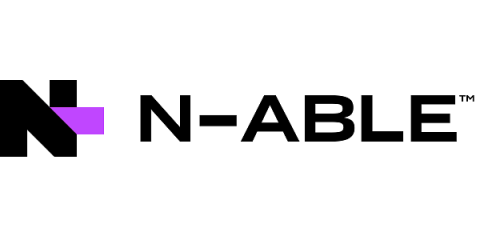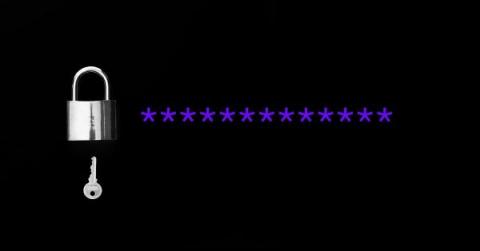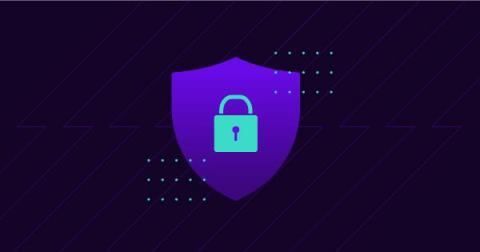Operations | Monitoring | ITSM | DevOps | Cloud
Latest Posts
N-able Publishes Inaugural ESG Report
How Password Managers Help Meet Cybersecurity Requirements
The first Thursday in May is World Password Day. This is a good opportunity to look at your cybersecurity practices and privileged access strategies. As cyberattacks increase, more organizations are choosing to get some peace of mind by acquiring cyber insurance to mitigate liability and losses in case of an attack. However, getting cyber insurance may not be an easy exercise.
Co-managed IT Offers MSPs Opportunity to Grow Cloud Adoption
With an estimated 400 million small and medium-sized businesses (SMBs) operating worldwide, they account for 95% of global organizations. This places SMBs as one of the main sources of job creation and the foundation of the global economy.
5 ChatGPT Limitations to Consider Before Going All-In with AI
Many partners I’ve spoken with are experimenting with ChatGPT to automate script generation, write proposals etc—you name it, it’s being tried. But even in a budget-conscious economy, it’s still not worth sacrificing the human element. This is especially true if that move results in script errors, unreliable information, introducing cybersecurity risks, or compromising your company’s intellectual property. You still need a human involved in the coding process today.
Cloud First Disaster Recovery Could Save the Day-Here's Why
Disaster recovery (DR) plans are not one-size-fits-all. There’s no silver bullet, and without a clear understanding and some level of customization, a DR plan done wrong will have detrimental effects on an organization’s operations and business. And let’s not forget the wrecking ball a bad DR plan delivers to the VAR or MSP who designed and executed it. Loss of business aside, there’s guilt, reputation damage, and potential lawsuits. It’s not a good day.
5 Reasons N-able N-central Patch Management is Best in Class
Whether you work for an MSP or you are an IT Professional, patch management is a critical aspect of modern IT infrastructure, particularly in today’s complex, interconnected world. With the ever-increasing number of cyber threats and vulnerabilities, it is essential to keep your software up-to-date to help minimize the risk of security breaches.
3 Things MSPs Need to Know About Co-managed IT Services
If you’ve been shying away from exploring co-managed IT services opportunities, it might be time to think again. Co-managed is here to stay, and is likely going to be a big play for MSPs looking to move up market, especially considering the increasing pricing pressures we’re seeing in the market.
World Backup Day-3 Crucial Backup Lessons Learned
It’s World Backup Day! And that means that once again, backup vendors, influencers, and pundits are talking about the importance of backing up your data. Of course, that’s important, as is testing your backups on a regular basis, and making sure you’re adhering to regulatory and security standards in the process. But in the 12 years since World Backup Day began, surely we’ve learned some lessons about how to do backup better?
Why is EDR Important? A Business Case for MSPs
The security industry may not have been making a lot of noise about Endpoint Detection and Response (EDR) for long, but it’s not actually a new technology. Despite having been around now for roughly 10 years, it’s only recently that EDR has really come to the fore. This has been driven by the fact that traditional antivirus struggles to cope with the increasing sophistication of modern malware, and is certainly unfit to handle new types of cyber threats.






